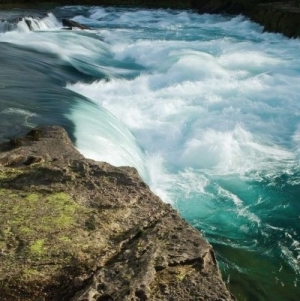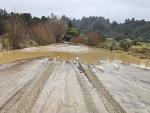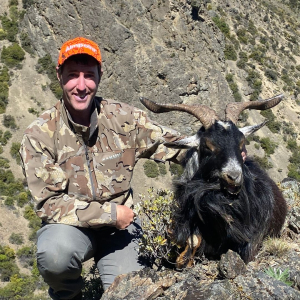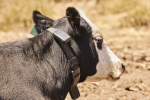THE CHANCES of an El Nino event developing over spring appear to be lessening, says NIWA.
However there's still a 70% chance of an El Nino developing through to the end of summer 2015 – but this is based on international modelling through to the end of June. It does not take account of the rapid changes observed in July.
"The behaviour of the atmosphere over the next month or two will be critical to whether an El Niño event initiates or not," NIWA says.
August-October temperatures are most likely (50% chance) to be above average for the east of the North Island, and likely (40-45%) to be average or above average for all remaining regions of New Zealand. Cold snaps and frosts can still be expected in some parts of the country as winter advances into spring.
August-October rainfall is equally likely (40% chance) to be normal or above normal in the north and east of the North Island, and normal or below normal in the west of the North Island and in the north of the South Island. In remaining South Island regions, seasonal rainfall is most likely (45%) to be in the near-normal range.
August– October river flows and soil moisture levels are about equally likely (35-40 % chance) to be normal or above normal in the north and east of the North Island, and most likely (45%) to be below normal in the west of the North Island. In the South Island, river flows and soil moisture levels are likely (40% chance) to be near normal in the west, but about equally likely (35-40 % chance) to be normal or below normal in the north and east.
August-October regional predictions
Northland, Auckland, Waikato, Bay of Plenty
• Temperatures are likely (40-45% chance) to be average or above average.
• Rainfall totals are equally likely (40% chance) to be in the normal or above normal range.
• Soil moisture levels and river flows are about equally likely (40-35% chance) to be in the near normal or above normal range.
Central North Island, Taranaki, Wanganui, Manawatu, Wellington
• Temperatures are likely (40-45% chance) to be average or above average.
• Rainfall totals are equally likely (40% chance) to be in the normal or below normal range.
• Soil moisture levels and river flows are most likely (45% chance) to be in the below normal range.
Gisborne, Hawke's Bay, Wairarapa
• Temperatures are most likely (50% chance) to be in the above average range.
• Rainfall totals are equally likely (40% chance) to be in the normal or above normal range.
• Soil moisture levels and river flows are about equally likely (40-35% chance) to be in the near normal or above normal range.
Nelson, Marlborough, Buller
• Temperatures are likely (40-45% chance) to be in the average or above average range.
• Rainfall totals, soil moisture levels and river flows are all equally likely (40% chance) to be in the normal or below normal range.
West Coast, Alps and foothills, inland Otago, Southland
• Temperatures are equally likely (40% chance) to be in the near average or above average range.
• Rainfall totals are most likely (45% chance) to be in the near normal range.
• Soil moisture levels and river flows are likely (40% chance) to be in the near normal range.
Coastal Canterbury, east Otago
• Temperatures are equally likely (40% chance) to be in the near average or above average range.
• Rainfall totals are most likely (45% chance) to be in the near normal range.
• Soil moisture levels and river flows are about equally likely (35-40% chance) to be in the near normal or below normal range.











